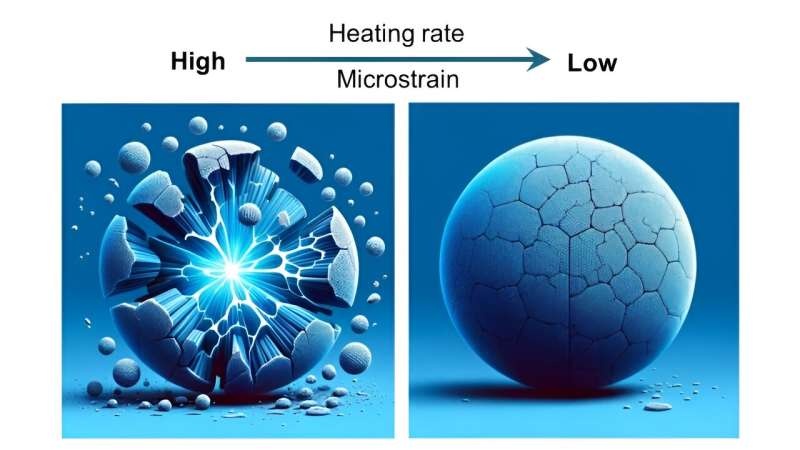Lithium-ion batteries have long dominated the market, but with supply shortages looming, researchers have made a breakthrough in developing sodium-ion batteries as a compelling alternative for electric vehicles and grid energy storage.

Sodium’s Untapped Potential
Lithium-ion batteries have provided the power source of choice for electric vehicles, and lithium shortages are forecast in the next five to 10 years as the EV market expands. This has since turned sodium-ion batteries into an increasingly appealing alternative for the same reasons why they remain popular: as a cheaper and generally more abundant product in comparison to lithium.
This has raised several alarms, with researchers looking at sodium as an alternate option to the fast-depleting lithium. Scientists at the U.S. Department of Energy’s Argonne National Laboratory have played a major role in this effort, which has met with success where previous efforts to test and commercialize these types of batteries have fallen short.
Difficulty Deconstructing the Cathode
For sodium-ion batteries, one of the main challenges to large-scale use is limited capacity and charge/discharge performance in the cathode that contains sodium. Historically, these cathodes would quickly lose the eight they could store during repeated discharge and charge cycles, rendering them impractical to use.
Argonne scientists have been working for years on lithium-ion oxide cathodes, and the team saw an opportunity to replace some lithium with sodium molecules. The principal invention involves the specific chemical form and architecture of the cathode particles, which are not homogeneously mixed transition metals (e.g., nickel, cobalt, iron, or manganese).
Rather than entirely nickel-based cathode particles, a mixed core of nickel with significantly higher energy storage capacity is appropriately coated by cobalt and manganese. This is important to help stabilize the particle during charge-discharge cycling and is a key parameter in giving cathode performance over the cell’s life.
Conclusion
Their research of sodium-ion batteries could be a game changer for electric vehicles and grid energy storage toward sustainability at an affordable price. But by solving the cathode design problems, they have made sodium-ion batteries a potentially competitive alternative to lithium-ion technology while offering long cycle life and energy density similar to that of today’s lithium iron phosphate cathodes in many lithium-ion batteries. With this advancement, electric vehicles are poised to become more affordable and make a substantial contribution to clean transportation and renewable energy storage in the future.
